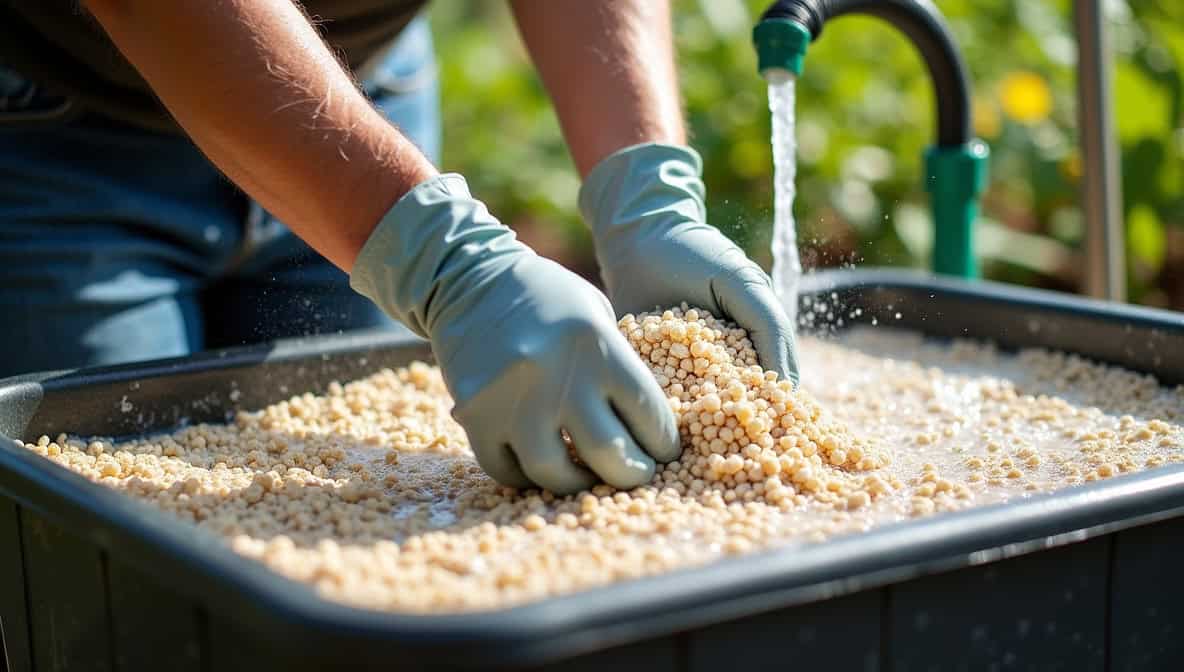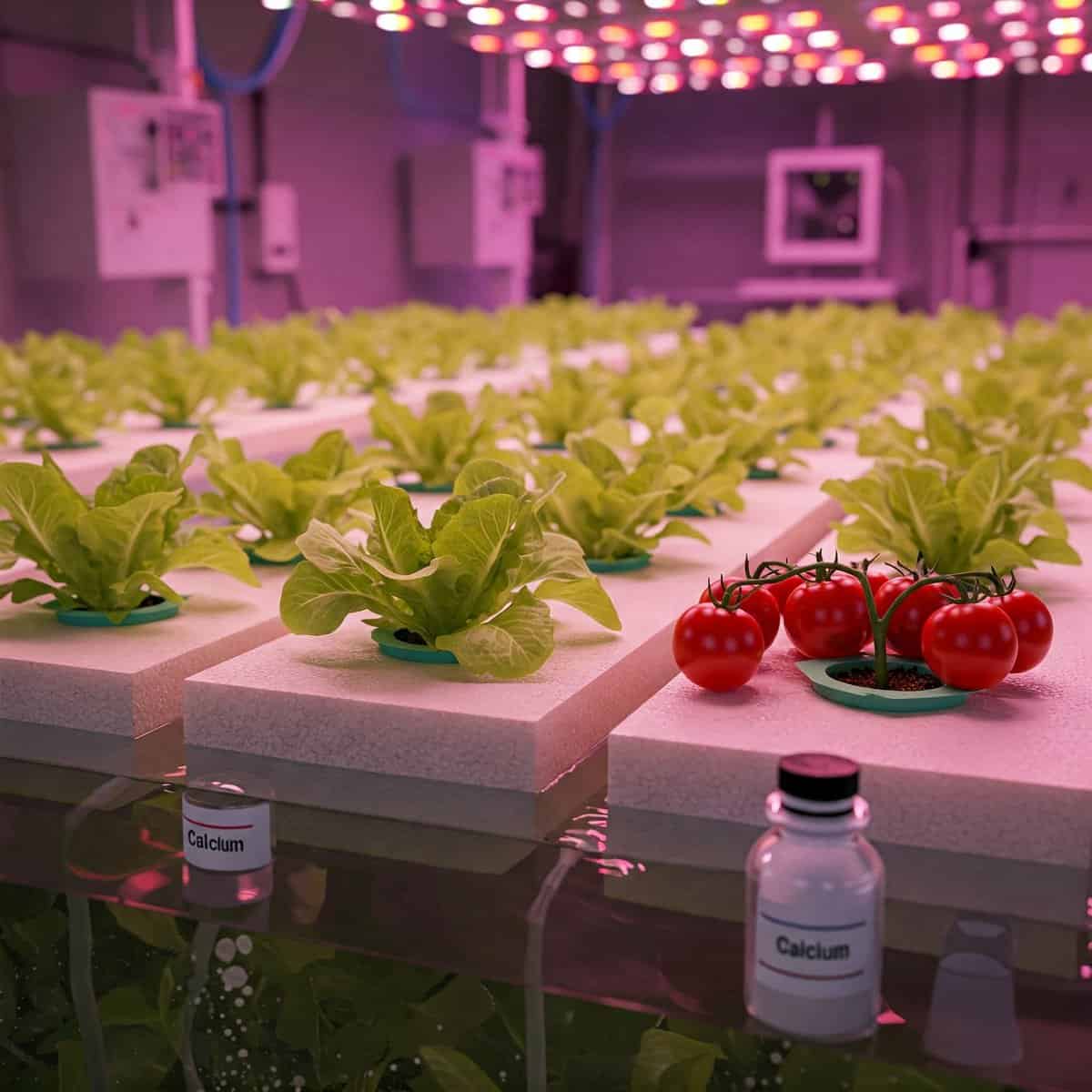Cleaning Hydroponic Grow Media After Use: How It Boosts Crop Health
Hydroponic setups get messy fast. Roots twist around each other, old nutrients cling to every surface, and algae shows up when you least expect it. One day the system looks spotless, the next it’s clogged and maybe even spreading something nasty. Cleaning the grow media isn’t just about making things look good. It’s about keeping … Read more






